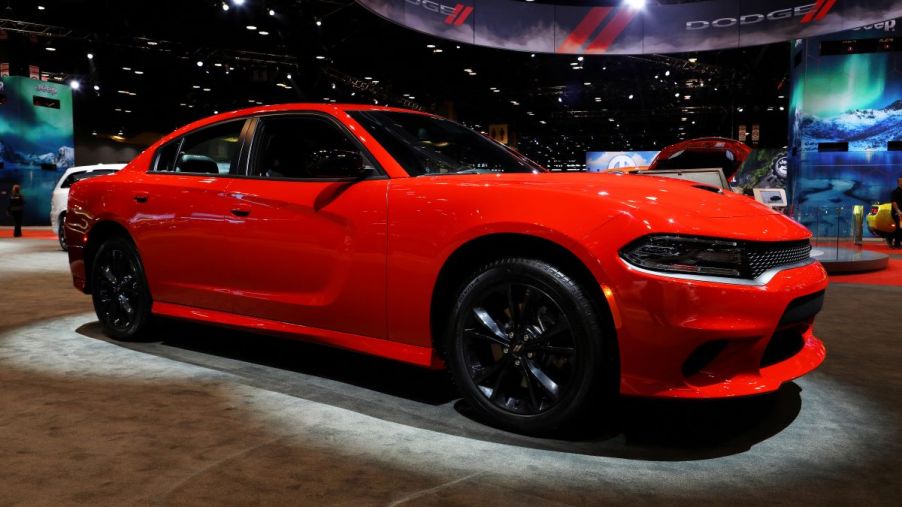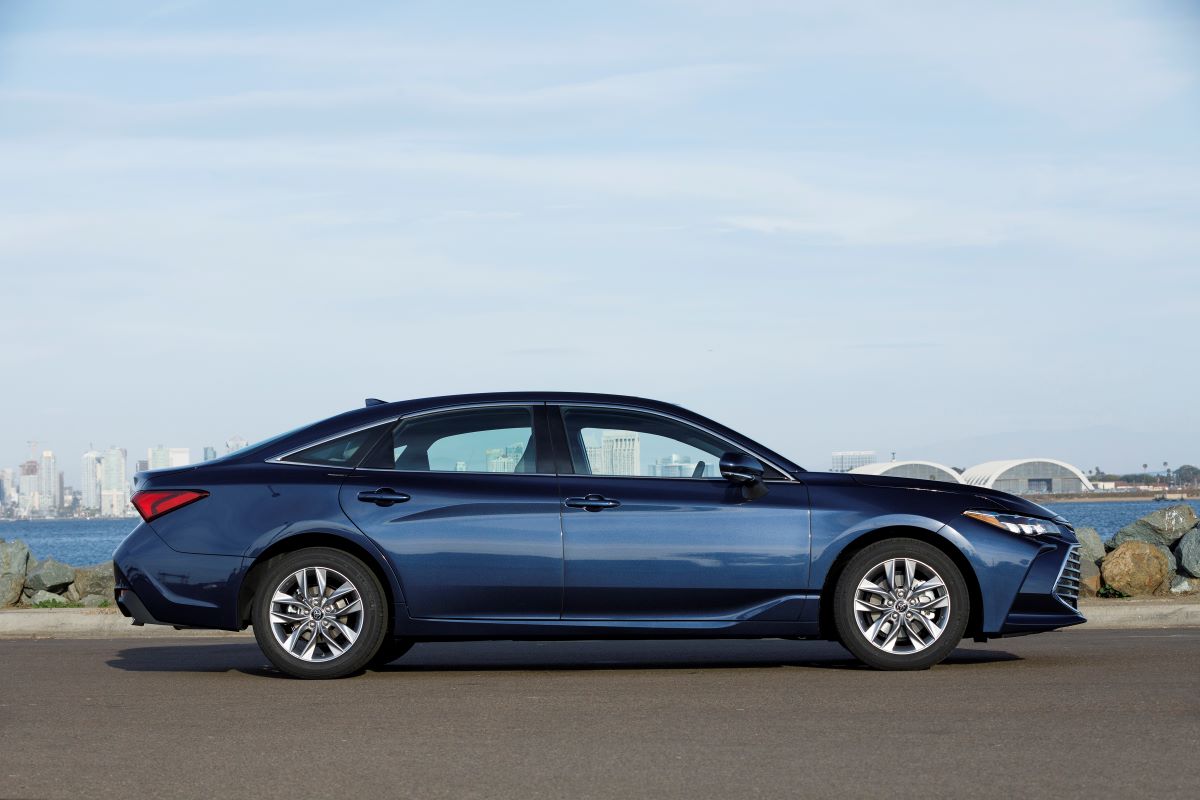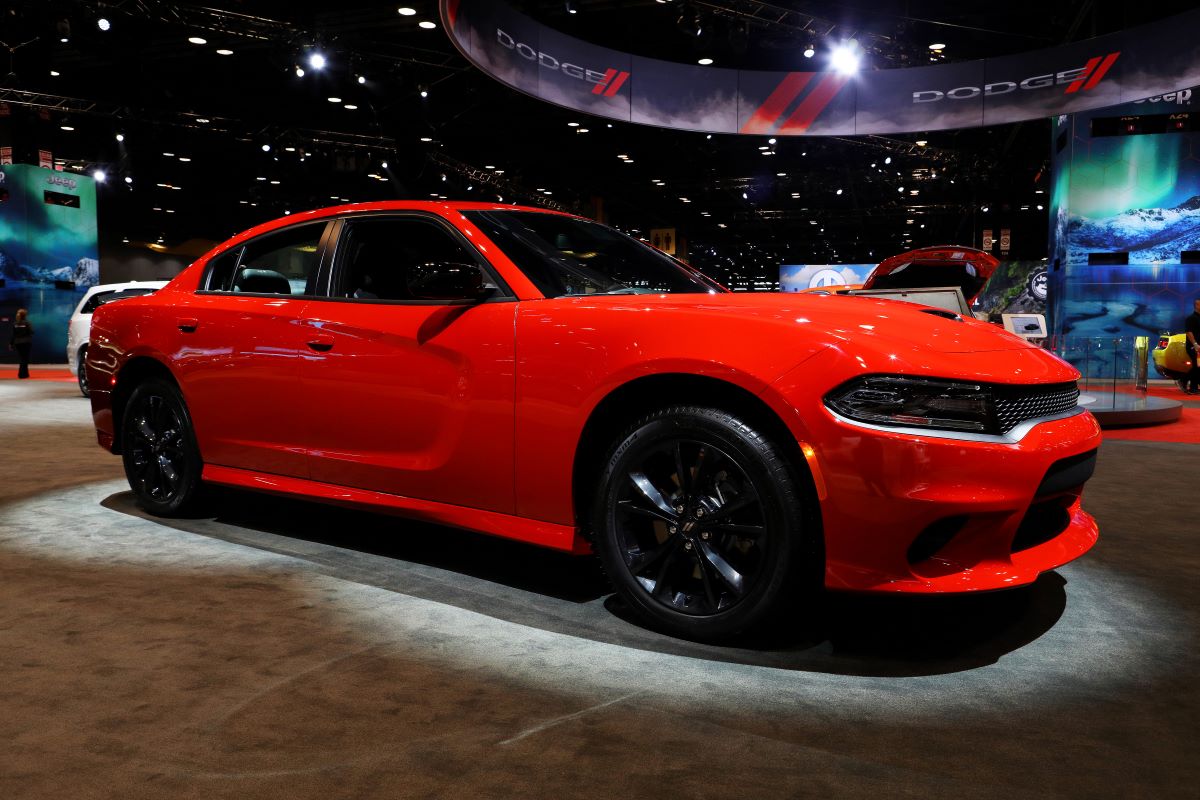
Only 1 Automaker Will Still Build Full-Size Sedans After This Year
Sedans are the underappreciated workhorse of the automotive world. These cars are visions of practicality and simplicity, large, small, and everything in-between. The sedan class used to rule the market, with full-size sedans commanding admiration and envy. But, the tides are changing.
More Americans are choosing trucks and SUVs than ever before—and after this year, only one automaker will produce large sedans. Note that this only applies to the economy segment—the luxury market can still cater to customers who want ultra-spacious sedans.
What is considered a full-size sedan?

The EPA classifies a full-size (large) sedan as any car with more than 120 cubic feet of interior volume—passenger volume and cargo combined. Once upon a time, this classification made sense. However, as passenger cars grow, this distinction is getting a little hazy. Compacts look more like midsize, and midsize cars look quite large.
For the purposes of this discussion, we’ll stick with the more conventional understanding of a full-size sedan. That is, a big, honking four-door sedan with absurd amounts of passenger space and a big trunk.
Only 3 full-size sedans remain in 2022
There are only three true 2022 full-size sedans in the affordable economy segment. One is the 2022 Toyota Avalon, Edmunds’ best-in-class sedan. The second is the 2022 Dodge Charger, renowned for its attitude. The last is the 2022 Chrysler 300, which is somehow still being produced as model after model falls to the wayside.
A number of full-size sedans have been discontinued within just the last few years. These include the Ford Taurus, Chevy Impala, and the Kia K900. We’ll pour one out for our fallen friends.
In 2023, only Stellantis will build full-size sedans

Starting with the 2023 model year, only one economy automaker will still build full-size sedans. Stellantis grew from FIAT Chrysler Automobiles (FCA) in 2019 and owns multiple brands, including Chrysler, Dodge, Jeep, Ram, FIAT, and Alfa Romeo. It’s also used to not caring what people think.
Stellantis still produces the Jeep Wrangler, even though it almost always ends up at the bottom of critics’ lists. It kept the Chrysler 200 and the Dodge Dart alive for way more years than anybody ever wanted them to be.
However, it also continues to make the Dodge Charger and the Chrysler 300—the last of the full-size sedans. For now.
The Dodge Charger sports sedan is a legend

The very last car recommended on Edmunds’ list of full-size sedans, the 2022 Dodge Charger is polarizing. It’s powerful, aggressive, and full of attitude. It’s also relatively expensive, terrible on gas, and has many problems. But, for all its faults, the Dodge Charger has built a big following over the years. It’s one of the best-selling full-size sedans, though usually the poorest rated.
However, Dodge will be discontinuing the Charger by 2024. This warhorse will join its comrades in the archives of automotive history.
The Chrysler 300 full-size sedan is surprisingly stately
The 2022 Chrysler 300 managed to beat out its bolder brother on Edmunds’ rankings of the best full-size sedans—which is honestly surprising. Equally surprising is how stately it looks for the price.
But oh, friends. Do I have bad news for you. The Chrysler 300 will also be dead in 2023. That means that, in the year 2024, there won’t be a single full-size economy sedan left in the entire market.
It’s strange to see all of these once-called-for icons disappearing one by one. But, as compact and midsize cars continue to grow and the market moves more toward electrification, it makes sense that extra-large, gas-guzzling, not-a-crossover full-size sedans will continue to disappear.
Do not go gentle into that good night, Stellantis. Rage, rage, against the dying of the light.


